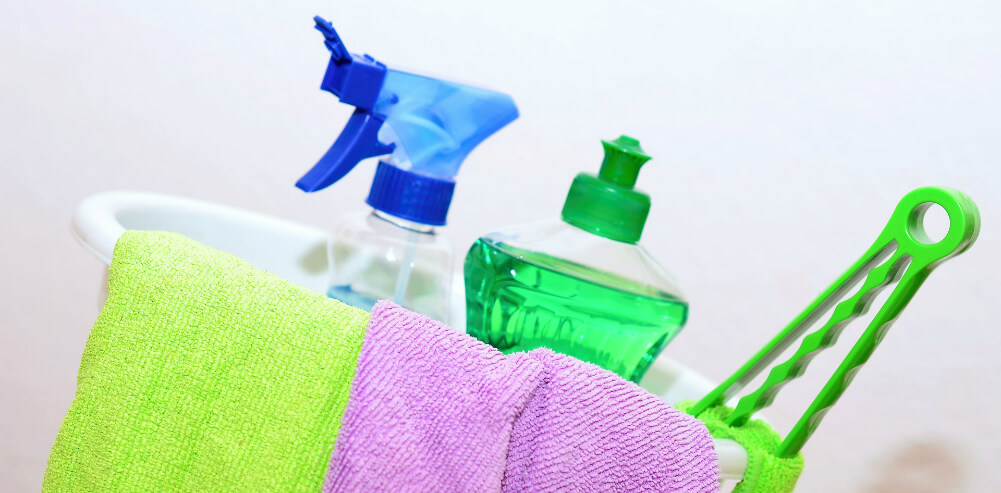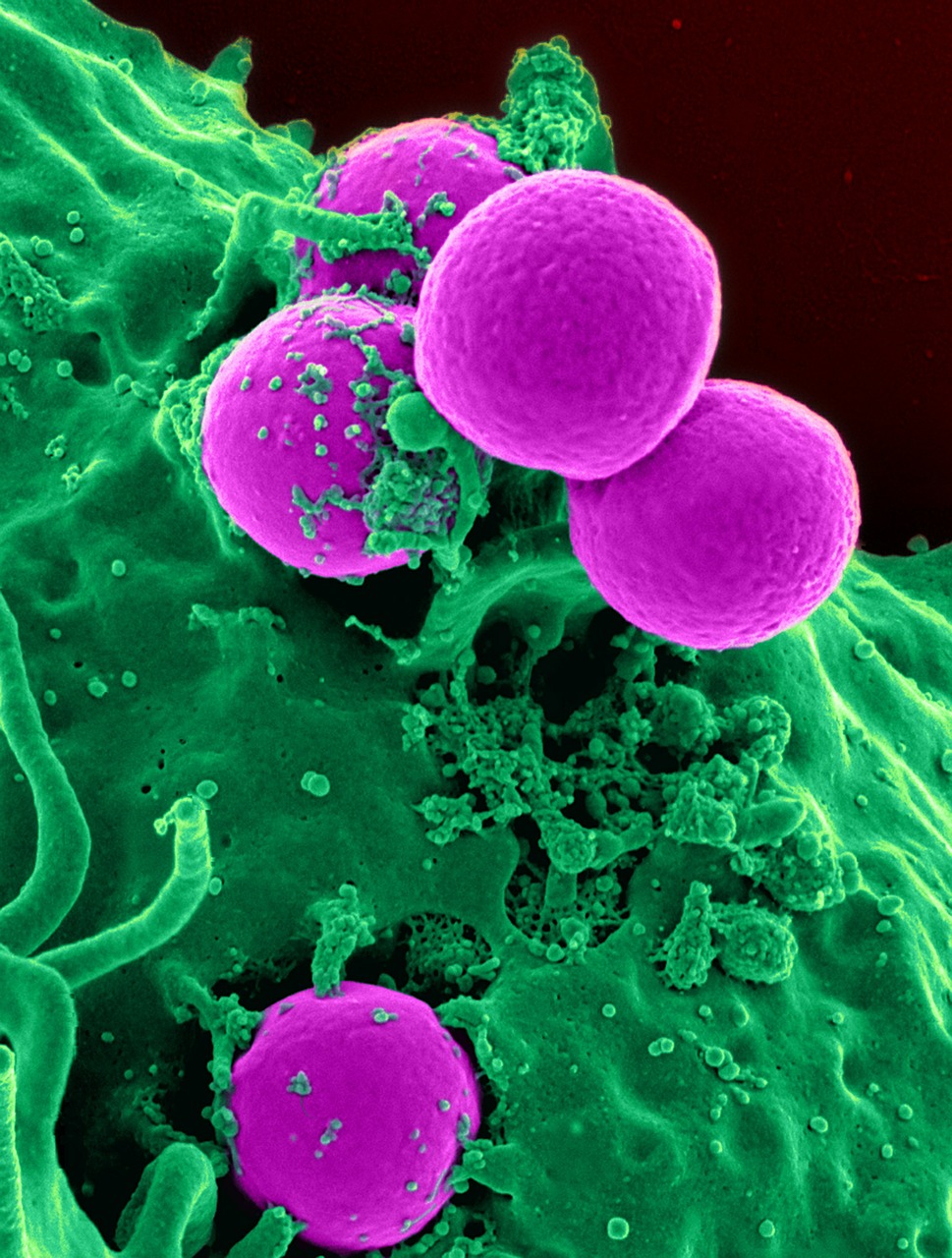Researchers from McMaster University in Canada have engineered “smart” surface coatings that can repel almost everything, including bacteria, viruses, and living cells. A new feature of this technology is the possibility of modifying the coating to permit beneficial exceptions. These surfaces create the promise of safer implants and more accurate diagnostic tests.
Smart surfaces are nanotextured with nano-sized structures. Because of their special applications and their unique physical properties, the popularity of smart surfaces is on the rise. They come in various forms like cones, columns, or fibers. Moreover, they are water, ice, oil, and microorganism repellent. Which gives them superamphiphobic, anti-icing, antifouling, and thus self-cleaning properties. Also, they are simultaneously anti-reflective and transparent.
Now, researchers at McMaster University have engineered smart surface coatings that can repel everything except beneficial “targets”. Implants such as vascular grafts, replacement heart valves, and artificial joints will be able to bond to the body without leading to potential infection or blood clotting (blood slips off the repellent surface). Their findings were published in the journal ACS Nano.
The discovery holds significant promise for medical applications. In particular, the new technology has the potential to reduce false positives and false negatives in medical tests. It will eliminate interference from non-target elements in blood and urine.
Their research adds new possibilities to completely repellent surfaces that existed for several years. Those surface coatings are useful for waterproofing windshields or repelling bacteria from food-preparation areas. The researchers proposed limited utility of the novel technology in medical applications where specific beneficial binding is required.
“It was a huge achievement to have completely repellent surfaces, but to maximize the benefits of such surfaces, we needed to create a selective door that would allow beneficial elements to bond with those surfaces,” senior author Tohid Didar from McMaster’s Department of Mechanical Engineering and School of Biomedical Engineering, said for McMaster news.
If we take a synthetic heart valve as an example, a repellent coating can prevent blood cells from sticking to it and forming clots, making it much safer.
“A coating that repels blood cells could potentially eliminate the need for medicines such as warfarin that are used after implants to cut the risk of clots,” said co-author Sara Imani, a McMaster Ph.D. student in Biomedical Engineering.
There is another disadvantage of a completely repellent coating. It prevents the body from integrating the new valve into the tissue of the heart itself.
On the other hand, if the surface is designed to permit adhesion only with heart tissue cells, the body will be able to integrate the new valve naturally, avoiding the complications of rejection. The same principle stands for other implants, such as artificial joints and stents used to open blood vessels.
“If you want a device to perform better and not be rejected by the body, this is what you need to do,” said co-author Maryam Badv, also a McMaster Ph.D. student in Biomedical Engineering. “It is a huge problem in medicine.”
Given the challenges of testing complex fluids such as blood and urine, selectively designed repellent surfaces could make diagnostic tests much more accurate. Researchers can allow only the particular target of a test (e.g., a virus, bacterium or cancer cell) to stick to the biosensor that is targeting it.
The researchers collaborated with Jeffrey Weitz of the Thrombosis & Atherosclerosis Research Institute at Hamilton Health Sciences to understand the challenges related to making successful implants. Now, they are working on the next stages of research to get their work into clinical use.
The future of biofunctional surfaces that can be used to optimize the performance of medical devices, such as biomedical implants, extracorporeal circuits, and biosensors, looks brighter with every new study.
Learn more about smart surfaces in the video below:
By Andreja Gregoric, MSc











